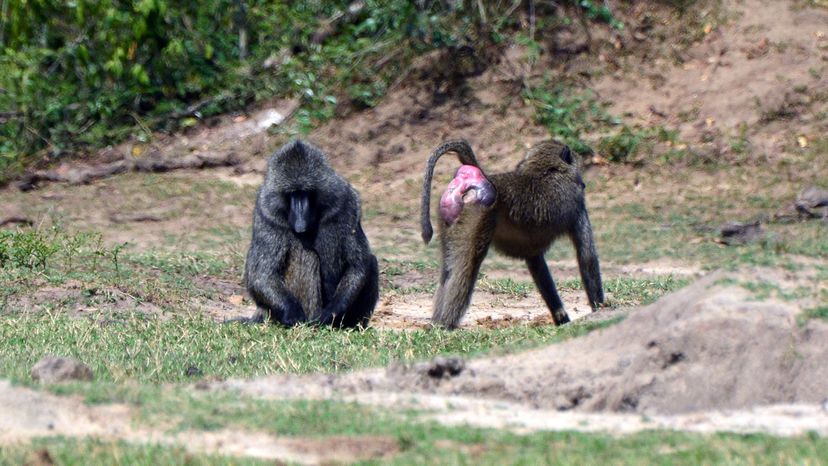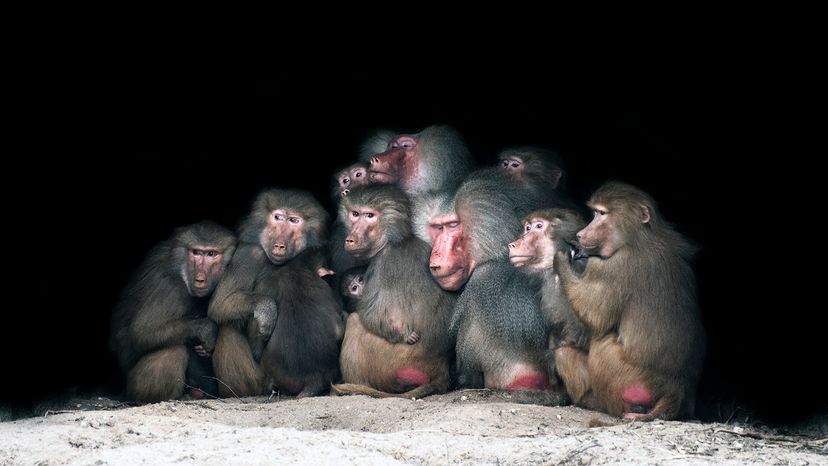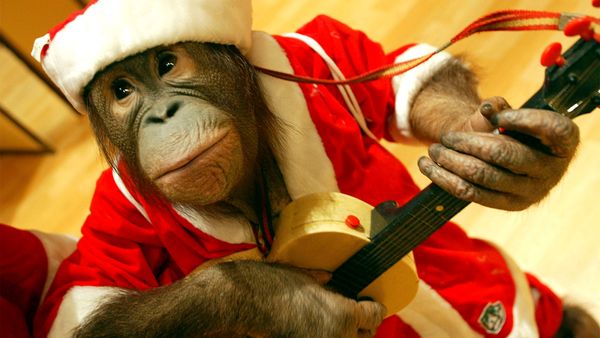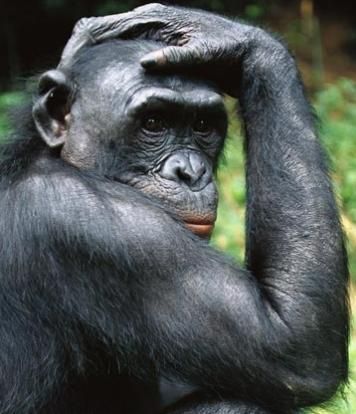Baboons are indigenous to sub-Saharan Africa and are found widely throughout the southern half of the continent. Hamadryas baboons are the northernmost species. They live in the cliffs along the Red Sea.
Most baboons live 20 to 30 years in the wild. They give birth to one baby at a time, though sometimes they have twins. Then they take at least a year off to raise that baby, which is known as an "infant." (Sorry to say baby baboons don't get a cuter name than that.) Baboons are mature at about 6 or 8 years old.
All species live in big groups called "troops." These troops can be as small as a half dozen animals or as large as 300 or more. Now you can see how a troop can do some real damage to a farmer's crop.
Baboons are clever in their pursuit of food, and that can make them dangerous. That's because they've figured out how to get human food — the tastiest, easiest food of all.
Baboons have adapted to live alongside humans, which means they eat farmers' crops, making them a pest. They've also been known to open car doors and go right into people's homes in an effort to find food. They're kind of like the grizzly bears or raccoons of Africa.
And they're omnivores, meaning they eat both veggies and meat. Their regular diet includes fruit, roots, grubs, and insects, grasses, bark, rodents, and birds. And, it seems, whatever tasty bits humans leave in the back seats of their cars.




